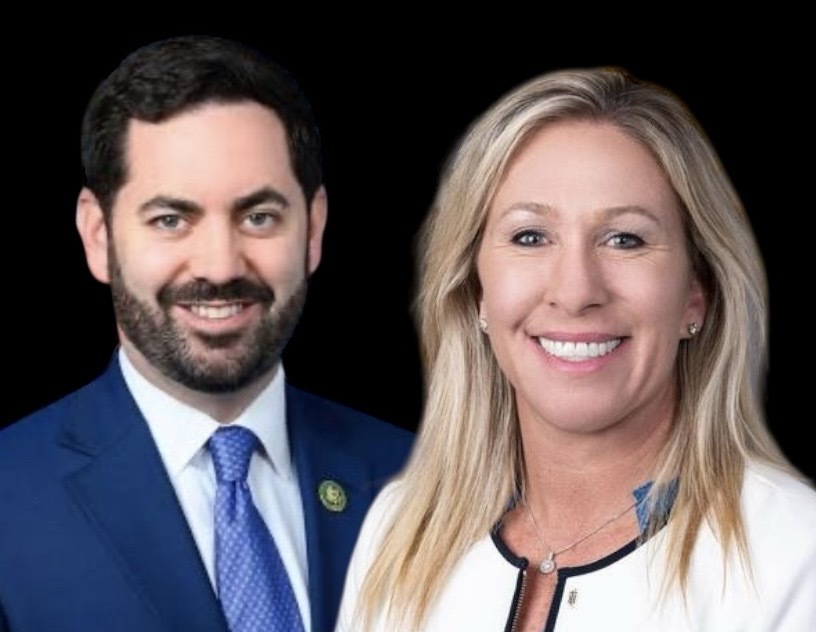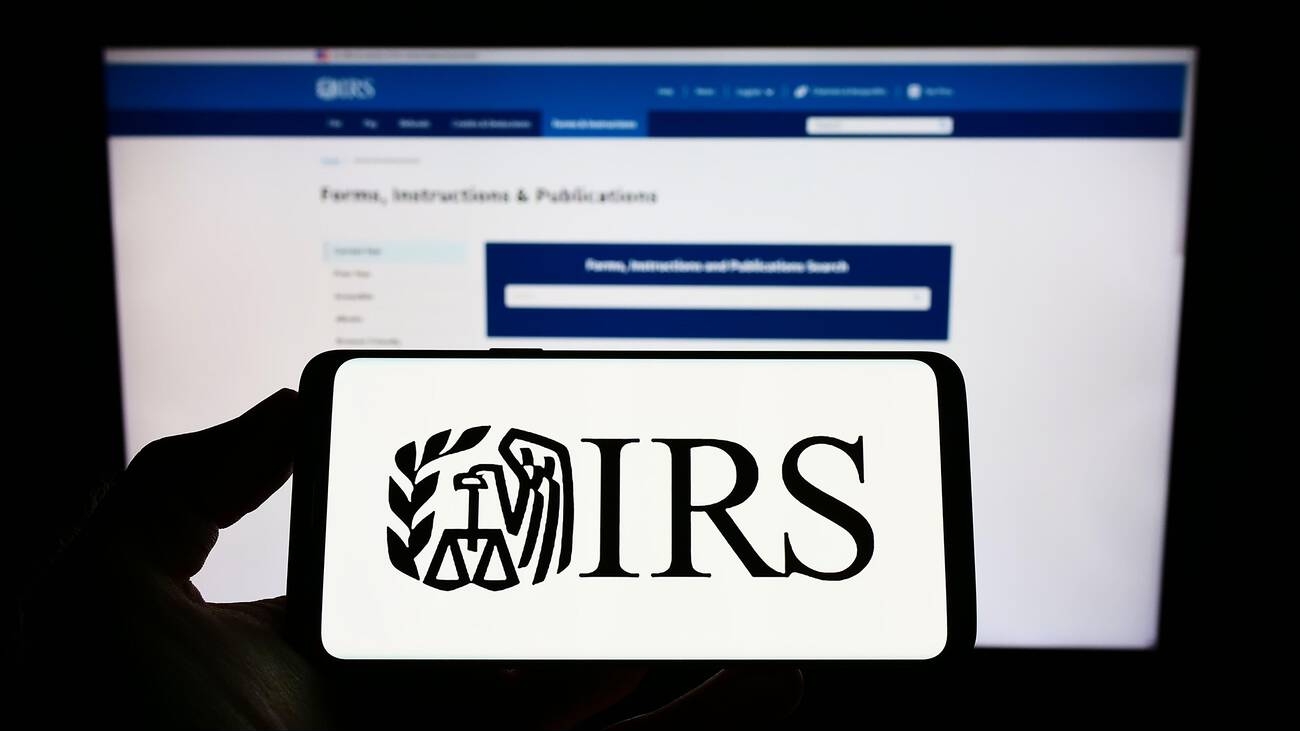Qualified retirement plans, like the popular 401(k) plan, are meant to be used to accumulate savings for retirement. Accordingly, you may derive generous benefits for participating in a 401(k) or other qualified plan, while taking early distributions from your account are generally penalized.
However, desperate times often require desperate measures, so you may have to tap into your plan. Fortunately, you may qualify under a special tax law exception for certain expenditures. Now the new law enacted at the end of 2022—dubbed SECURE Act 2.00—includes two significant new provisions relating to emergency expenses.
Background information: With a 401(k) plan, an employee can elect to defer part of their salary on a pre-tax basis to a personal account, subject to annual limits. For 2023, the limit is $22,500 for most employees. If you’re age 50 or older, you can kick in an extra $7,500 catch-up contribution, for a maximum total of $30,000. SECURE Act 2.0 enhances the catch-up contributions for certain workers in their sixties, beginning in 2025.) The employer can also make “matching contributions” up to a stated percentage.
All the amounts contributed to the account compound without any current tax erosion until withdrawals are made—usually, in retirement. These distributions are taxed at ordinary income rates, currently topping out at 37%.
In addition, if an employee makes a withdrawal prior to age 59½, they are hit with a 10% tax penalty on top of the tax on the distribution, unless one of the special exceptions applies. For example, no penalty is assessed for distributions made on account of disability or for substantially equal periodic payments (SEPPs) lasting at least five years or when the employee turns age 59½, whichever comes first.
SECURE Act 2.0 provides more tax relief for emergency expenses as follows:
1. Emergency savings accounts: Beginning in 2024, employers may allow plan participants to use a special emergency savings account. This “sidecar account” is capped at $2,500. Employers may arrange to have employees automatically enrolled at up to 3% of their compensation up to the $2,500 cap, but plan participants can opt out.
In addition, participants must be allowed to take at least one withdrawal per month. The first four withdrawals per year can’t be subject to fees. The emergency savings account may be invested in cash, interest- bearing accounts and principal preservation accounts.
Contributions to these emergency savings accounts must be eligible for the same matching contributions that apply to elective deferrals. In this case, any matching contributions are made to the retirement plan instead of the emergency savings account.
2. Unforeseen financial needs: A separate provision in the new law allows a participant to make one penalty-free withdrawal from their retirement account of up to $1,000 per year for “unforeseeable or immediate financial needs relating to personal or family emergency expenses.” But there’s a catch: The withdrawal must be repaid within three years.
If you don’t repay the distribution in time, you’re banned from making any further withdrawals. This provision takes effect in 2024.
Consider all the tax and financial implications before you make any withdrawals from your 401(k). Your professional advisors can provide assistance.
Thanks for reading CPA Practice Advisor!
Subscribe Already registered? Log In
Need more information? Read the FAQs
Tags: Benefits, Financial Planning, Firm Management, Income Taxes, IRS, Taxes





